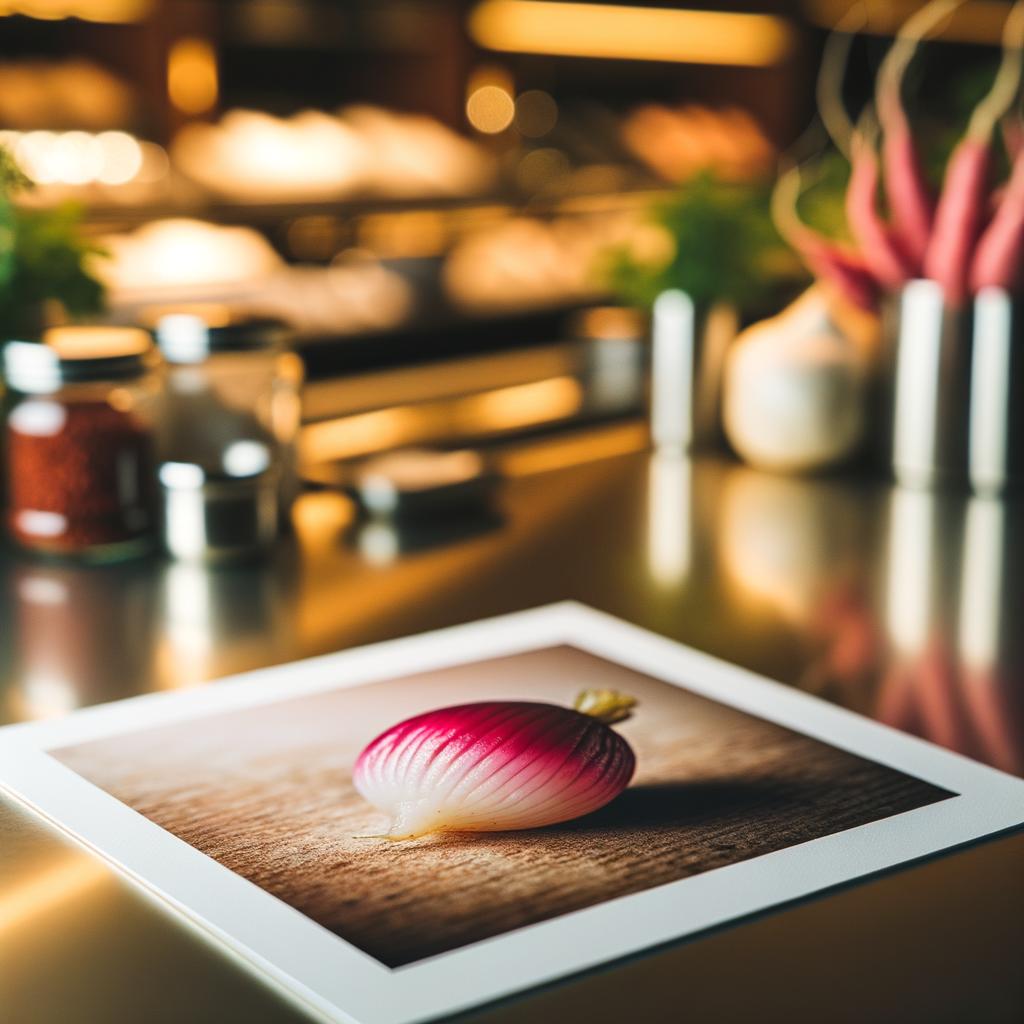Pickled Radish

Description Meet the pickled radish, a vibrant and vivacious ingredient that adds a splash of color and a burst of flavor to any dish. Its appearance is a delightful spectacle, with its brilliant hues ranging from pale pink to luminous yellow, depending on the type of radish and pickling process. Its texture is refreshingly crunchy, a satisfying contrast to its soft, juicy interior. The flavor profile of pickled radish is a tantalizing balance of tangy and sweet, with a hint of earthiness that is unique to radishes. What sets it apart from other pickled vegetables is its distinctive peppery undertone, a reminder of its raw, earthy origins.
Primary Uses Pickled radish is a versatile ingredient, commonly used to add a tangy crunch to a variety of dishes. Its zesty flavor makes it a key component in many Asian cuisines, particularly Korean and Japanese. It's often served as a side dish or included in sushi rolls, providing a refreshing contrast to rich, savory flavors. Beyond the culinary world, pickled radish also carries cultural significance. In Korea, for example, it is a traditional food for celebrating the Lunar New Year. Its medicinal uses include aiding digestion and boosting the immune system, thanks to its probiotic properties.
History The history of pickled radish is as rich and varied as its flavor. It dates back thousands of years, with evidence of radish cultivation found in ancient Egyptian tombs. The art of pickling radishes was likely developed in Asia, where the radish was embraced for its resilience and versatility. Over time, the practice spread across the globe, with each culture adding its own unique twist. One intriguing tale tells of a Korean king who was cured of a serious illness after eating pickled radish, leading to its enduring popularity in Korean cuisine.
Nutritional Information Pickled radish is not only a flavor powerhouse, but also a nutritional gem. It is packed with vitamins and minerals, including Vitamin C, potassium, and calcium. Its high fiber content aids digestion, while its natural compounds, such as isothiocyanates, have been linked to cancer prevention. Compared to other pickled vegetables, pickled radish boasts a lower sodium content, making it a healthier option. However, like all pickled foods, it should be consumed in moderation due to its sugar content.
In this humble ingredient, we find a delightful marriage of history, culture, and nutrition. The pickled radish, with its vibrant color and tantalizing flavor, truly is a testament to the beauty and diversity of our global food heritage.

